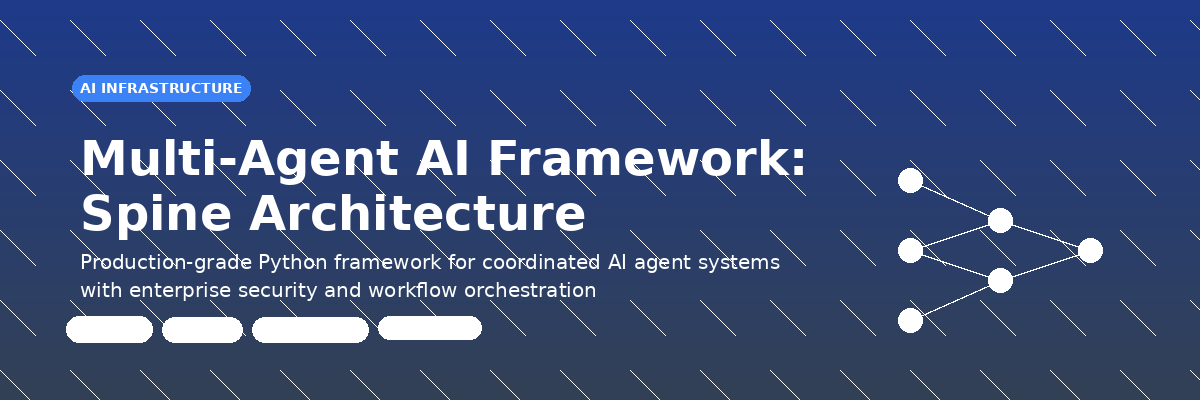Controlling costs is paramount for maintaining efficiency and preventing overhead bloat as your business scales. During growth, you accumulate people, resources, and expenses. While budgets are a common tool used to manage costs, they often come with their own set of challenges.
The Pitfalls of Budgets
Budgets, while well-intentioned, can sometimes do more harm than good. Here's why:
- Rigid Rules: Budgets are often seen as rigid rules that must be followed, which can lead to problems when adhered to too strictly.
- Decision-Making: Budgets can place decision-making power in the hands of individuals who may not be best equipped to make those decisions.
- Internal Game Theory: Budgets can inadvertently create game theory dynamics within the company as teams vie for their share of the budget.
- Time-Consuming: The budgeting process consumes valuable time during planning, requesting, and defending cycles.
- Wasteful Spending: Budgets can encourage maximum spending, even when it's not necessary, leading to wasted resources.
A Better Approach: Cash Flow Modeling
To avoid these pitfalls and maintain responsible spending, consider implementing a cash flow modeling system. Here's a quick and effective method:
- Create a 12-Month Cash Flow Model: Break it down into quarters for better granularity.
- Monthly Columns: For each month, have three columns:
- Estimate: Your projected expenses for the month.
- Actual: The actual expenses incurred.
- Variance: The difference between the estimate and actual.
- Build Based on Assumptions: Use current run rates, planned investments, and working capital assumptions to construct the model.
- Monthly Reconciliation: At the end of each month, add the actual expenses next to the calculated estimates.
- Review Variances: Conduct meetings with each department or company division where variances are significant, whether above or below the estimate.
- Adjust and Plan: Based on these discussions, make necessary adjustments to the model moving forward.

Constant Benchmarking and Strategic Initiatives
By following this method, you establish a benchmark that you continually compare your company's performance to. This approach also allows for planned initiatives and discussions, including:
- Cost Cutting: Identifying areas where costs can be reduced without compromising quality.
- Vendor Consolidation: Evaluating opportunities to consolidate vendors for cost savings.
- Plant or Company Comparisons: Assessing the performance of different branches or facilities.
- Investment Progress: Tracking the progress of planned investments and their impact on the bottom line.
Embrace this method as a means to consistently assess your company's spend, ensure costs are in check, and maintain financial agility as you navigate the path of growth.
Remember, it's not just about adhering to a budget; it's about smart and strategic financial management that leads to sustainable growth.




